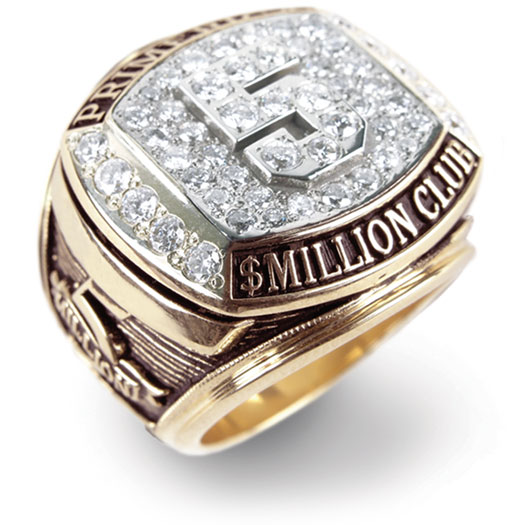Wednesday, September 15, 2010
Rules No. 6 and 7 For Starting A Home Business
Rule No. 6: Sell First, Tweak Your Product Later
Another very common cause of failed start-up businesses forgetting that making the first sale is the first job.
Many people go into business with the idea that they should get all the details worked out before they open shop. They get all their plans done (sometimes to the nth degree), rent and equip an office, print business cards and brochures, and then get busy with the operational and fulfillment issues before finding out whether they can sell the product.
Good start-up businesses have efficient marketing models (see Rule No. 2), and the only way to find out whether your marketing plans will work is to test them. Testing them doesn't mean marketing studies, prospect studies, or even simulated sales situations. Most of that stuff is a waste of time.
To give your business its best chance of succeeding, you have to find a way to bring in customers profitably before going out of business. There is only one way to do that properly, and that's to create a great advertising campaign, to expose it to your prime audience.
If you employ a direct-marketing-driven marketing program, you won't have to spend a fortune testing your advertising. You need only a handful of very strong, vertical lists (i.e., addresses of buyers who bought products very similar to yours) and a very strong promotion. (Don't be penny-wise with copy. Pay for the best copywriter you can afford).
By focusing the lion's share of your time, money, and talent on advertising, you can quickly find out the most important thing you need to find out about your business: how to effectively acquire new customers.
Nothing else you can do in the beginning is as important. And everything else you may feel like doing - with the exception of creating the product, of course - probably can be done later.
Rule No. 7: Don't Throw Good Money After Bad
If you create a great advertising campaign and it fails, stop everything immediately and regroup.
You may be tempted to throw good money after bad by testing other marketing ideas. You may decide that if you reinvented the product, the next promotion would succeed. Any or all of your post-failure ideas may be valid, but you'll waste a lot of money and undermine your chances of succeeding by keeping the business open while you get set up for a second chance.
It is usually only ego that compels you to go forward with a business idea that the market has told you it doesn't like. This mistake is common not only among new entrepreneurs but also among mature and successful people.
To make your cut-and-run decision easier, set a stop-loss before the first test. Figure out what kind of return you expect from the advertising campaign and stick to it, even if the results are close.
If you don't expend all your money, time, and patience by pursuing a not-so-good or bad idea, you'll have enough of each to come back with a winning promotion the second time around.$
[Ed. Note. Ray Buckner is dedicated to helping you take control of your financial future with a web-based business that you can operate from anywhere in the world – including a coffee shop, your kitchen table, or anywhere around the world where there is Internet access. Discover how you can achieve the American Dream and your financial independence here. You’ve never seen anything like this before.]
Subscribe to:
Post Comments (Atom)







Very well written
ReplyDelete